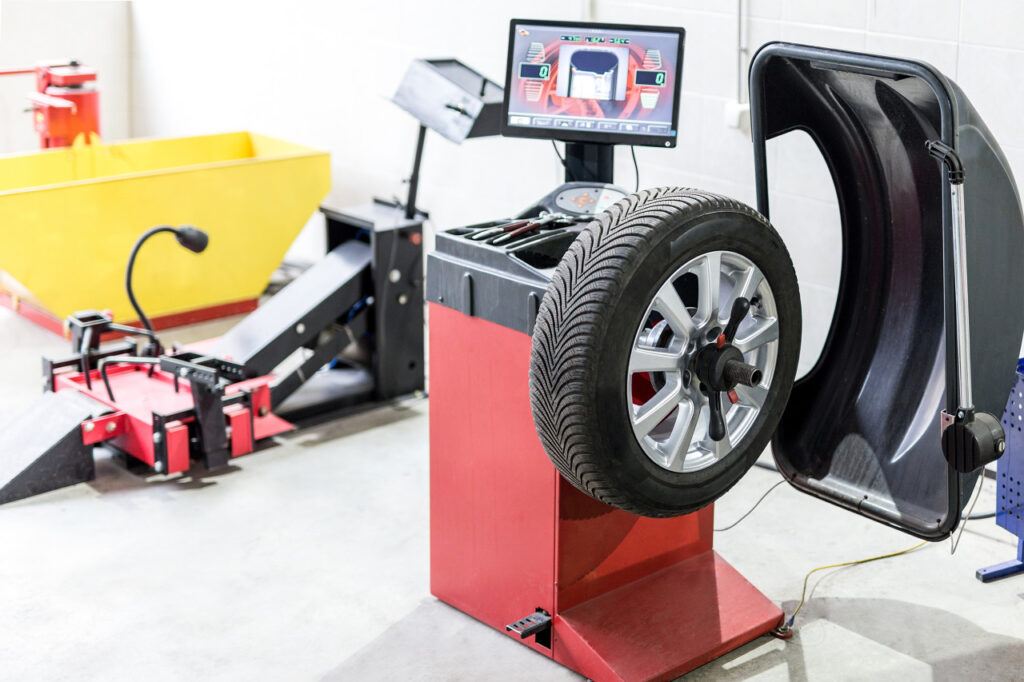How do you stabilize a car when changing a tire
When it comes to changing a tire on a car, ensuring proper stabilization is paramount. Failing to stabilize a car adequately during a tire change can lead to dangerous situations, accidents, and even injuries. This essay outlines the essential steps to effectively stabilize a car while changing a tire, highlighting the significance of each step in maintaining safety and preventing mishaps.
I. Gathering Necessary Tools and Equipment
Before attempting to change a tire, it’s crucial to gather all the necessary tools and equipment. These typically include a jack, lug wrench, spare tire, and wheel chocks. Checking the condition of these tools and ensuring their accessibility can significantly expedite the tire change process while maintaining safety.
II. Choosing a Safe Location
Selecting a safe location for the tire change is of utmost importance. The car should be parked on a level surface to minimize the risk of rolling. It’s advisable to avoid inclines, slopes, or uneven ground that could compromise stability. Engaging the parking brake further enhances the stability of the vehicle.
III. Preparing the Car for Stabilization
Once in a safe location, it’s essential to turn off the engine and engage the hazard lights. This alerts other drivers to the fact that you’re performing maintenance. Additionally, positioning the spare tire and necessary tools nearby can prevent unnecessary movement and hasten the tire change process.
IV. Placing Wheel Chocks
Wheel chocks are indispensable tools that prevent the car from rolling during the tire change. Placing chocks on both sides of the tires opposite the one being changed prevents any accidental movement of the vehicle and ensures a stable working environment.
V. Using the Jack Properly
Using the jack correctly is vital to safely lift the car off the ground. Identifying the proper jacking points on the car’s frame is crucial to prevent damage. Consulting the owner’s manual for guidance is recommended. Raising the car gradually using the jack prevents sudden movements and maintains stability.
VI. Removing the Damaged Tire
Before lifting the car with the jack, it’s essential to use the lug wrench to slightly loosen the lug nuts. Elevate the car enough to remove the damaged tire safely. Completely removing the lug nuts and detaching the tire requires caution and precision.
VII. Installing the Spare Tire
Properly aligning the spare tire with the wheel studs is necessary for a secure fit. Hand-tightening the lug nuts onto the studs is the initial step in ensuring stability. Lowering the car back down using the jack allows for further tire installation.
VIII. Tightening Lug Nuts
Tightening the lug nuts in a crisscross pattern using the lug wrench is a critical step. Gradually and evenly tightening the lug nuts ensures that the spare tire is firmly secured to the wheel hub, preventing any wobbling or instability.
IX. Double-Check and Lower the Car
After tightening the lug nuts, a double-check is essential to ensure that they are securely fastened. Carefully lowering the car to the ground using the jack completes the tire installation process.
X. Removing Wheel Chocks and Clean Up
With the car securely on the ground, it’s time to gently remove the wheel chocks. Collecting all tools and equipment and stowing the damaged tire and tools in the trunk keeps the working area organized and safe.
XI. Test Drive and Final Checks
Taking the car for a slow and cautious test drive allows you to verify the stability of the newly installed spare tire. Monitoring for any unusual noises or handling issues can help catch any problems early. Lastly, scheduling a professional inspection and tire replacement ensures the long-term safety of the vehicle.
Conclusion
In conclusion, changing a tire is a task that demands attention to detail and a commitment to safety. Proper car stabilization during this process is vital to prevent accidents and maintain the well-being of both the vehicle and its occupants. By following the outlined steps, car owners can confidently and efficiently change a tire while ensuring their safety and that of others on the road.
Describe Your Needs In Detail!
We will carefully evaluate your needs and give professional solutions.



